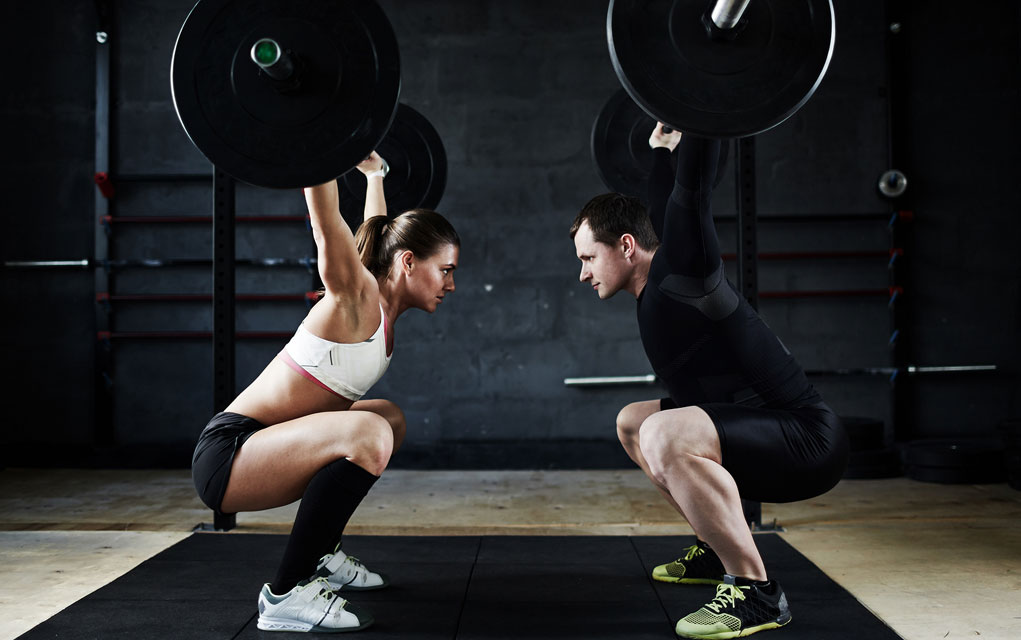When starting out with exercise you can be placed into one of two categories:
You are either stiff as a board – and need mobility work – or on the opposite end of the spectrum – you are hypermobile and in need of stability work.
Mobility versus Stability
Both mobility and stability are incredibly important - not only for your success in the gym, but to minimize injury risk, maintain good posture and to move efficiently and pain free. Therefore, you must aim to find balance between the two.
The following is a good analogy in the case for mobility and stability work in your exercise program:
If you’re about to go for a bike ride and your front wheel is bent, you would fix the bent wheel first and then proceed to ride your bike. You wouldn't ride your bike with a bent wheel.
The same principle applies for your body as well – “straighten out the kinks” first and then your body will operate much more smoothly.
To reach your potential in training you must be operating at a full range of motion safely, otherwise your results are compromised from the beginning.
How do you Reach your Potential?
It's simple. Add in mobility and stability work into your warm up. Some of the preferred tools for mobility are: foam rollers, massage and trigger point. All of these all allow you to release your muscles.
For stability work, this will depend entirely on what your body needs, but the most common places that need work are the core and the glutes. Simply add in some plank holds and controlled glute bridge exercises into your warm up to help activate those stabilizing muscle groups.
Case Study for Squats
Let's have a brief look at the squat movement pattern from the mobility and stability point of view.
Squatting for mobility
When performing a squat, you need mobility through the ankle and the hips in particular to ensure that you can squat to an ideal depth. If left unchecked, this will be a problem for you down the track. A common mobility drill for the ankle joint is to use a foam roller over the calf muscles. Simply foam roll over the calf complex for 8-10 rolls and then swap to the other side. Moreover, a common hip mobility drill would be to roll the hip flexor muscle groups. Again, simply complete 8-10 rolls per side to release the hips.
Squatting for stability
To ensure you are moving safely and effectively, you also need stability through the core, the middle back and the gluteal muscles to minimize injury risk and maximize your strength while performing a squat.
A common stability drill to add into your warm up routine would be the plank hold. Simply move into an all fours position on the ground (toes and hands are fine), keep your spine neutral and brace your midsection. To activate the glutes, simply perform a glute bridge exercise. Lay on your back, place your heels near your hips, then raise your hips off the ground towards the sky by pressing force through your heels. Lift your toes up to get extra glute activation.
Once working, these muscles will help stabilize your body better.







.png)

